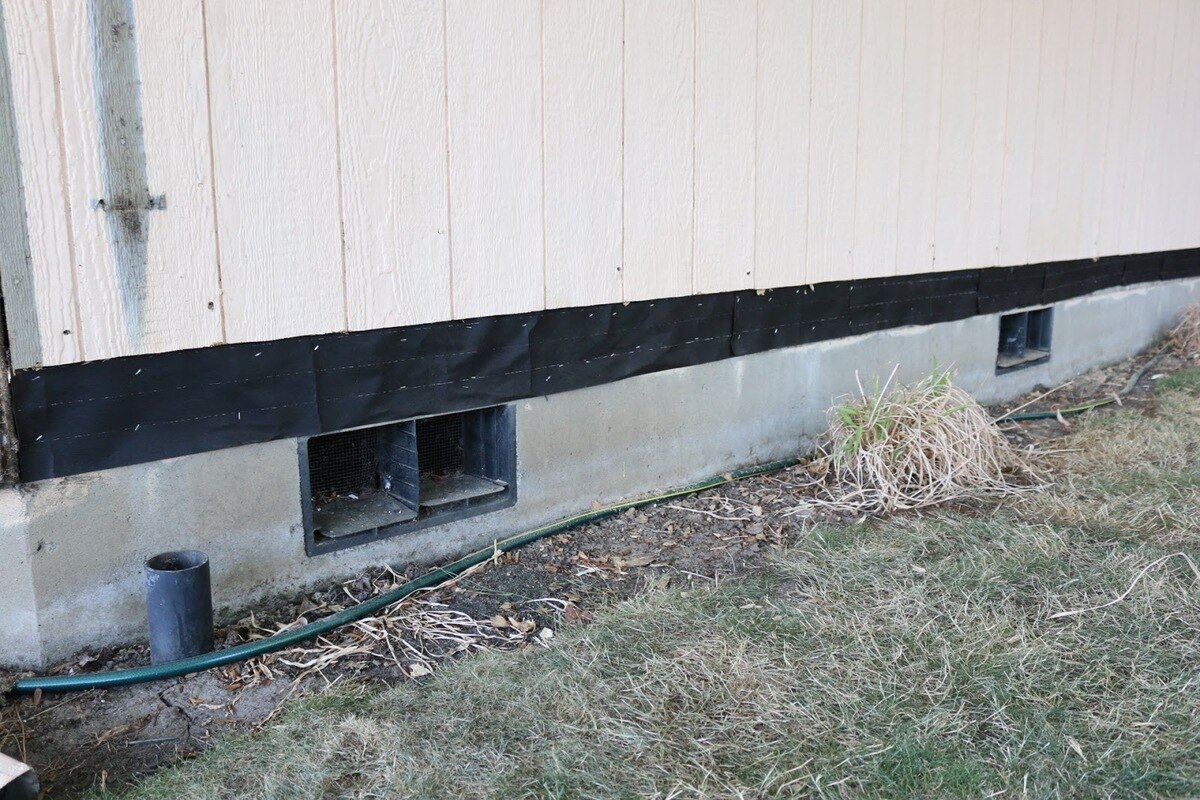

Articles
How To Seal T1-11 Siding
Modified: October 28, 2024
Learn how to properly seal and protect your T1-11 siding with our informative articles. Improve the durability and longevity of your siding with our expert tips and techniques.
(Many of the links in this article redirect to a specific reviewed product. Your purchase of these products through affiliate links helps to generate commission for Storables.com, at no extra cost. Learn more)
Introduction
When it comes to protecting your home’s exterior, one area that often requires attention is the T1-11 siding. T1-11 siding is a popular choice due to its affordability and rustic appearance, but it is prone to moisture damage and deterioration over time. To ensure the longevity and integrity of your T1-11 siding, it is crucial to properly seal and maintain it.
In this article, we will guide you through the process of sealing T1-11 siding, step by step. By following these instructions, you can increase the lifespan of your siding and protect it from the elements.
Before we dive into the steps of sealing T1-11 siding, it is important to understand why sealing is necessary. T1-11 siding is made from plywood panels with vertical grooves, creating a charming and timeless aesthetic. However, these grooves can be susceptible to water infiltration, which can lead to rot, mold, and other forms of damage.
By properly sealing your T1-11 siding, you can prevent moisture from penetrating the wood panels, reducing the risk of deterioration. Additionally, sealing helps to maintain the structural integrity of the siding, making it less susceptible to swelling, warping, and splitting.
Now that we understand the importance of sealing T1-11 siding, let’s move on to the step-by-step process of how to effectively seal this type of siding.
Key Takeaways:
- Properly sealing T1-11 siding involves inspecting, cleaning, repairing, filling, priming, caulking, and painting or staining. This process protects against moisture, enhances durability, and maintains the siding’s visual appeal.
- Regular maintenance, including routine inspections and touch-ups, is essential for extending the lifespan of T1-11 siding. By investing time and effort into sealing and maintaining the siding, homeowners can enjoy a beautiful and protected exterior for years to come.
Read more: How Much Is T1-11 Siding
Step 1: Inspect the T1-11 Siding
Before you begin the process of sealing your T1-11 siding, it is essential to thoroughly inspect the siding for any signs of damage or deterioration. This step will help you identify areas that need attention and determine whether any repairs or replacements are necessary.
Start by visually examining the entire surface of the T1-11 siding. Look for any signs of cracking, peeling paint, or water stains. These are indications of potential damage and areas where moisture could be infiltrating the siding.
Next, gently press against the siding panels to check for any softness or flexibility. Soft or spongy panels indicate rot or decay and may need to be replaced entirely.
Pay close attention to the areas around windows, doors, and corners, as these are common areas for water penetration. Look for any gaps or loose seams where moisture may be able to enter.
If you notice any damaged or rotted sections of T1-11 siding during your inspection, it is crucial to address these issues before proceeding with the sealing process. Replace any damaged panels and perform any necessary repairs to ensure a solid and secure foundation for the sealing.
By thoroughly inspecting your T1-11 siding, you can identify problem areas and take the necessary steps to repair and prepare the surface for sealing. This will help ensure that your sealing efforts are effective and that your siding remains protected for years to come.
Step 2: Clean the T1-11 Siding
Before sealing your T1-11 siding, it is important to start with a clean surface. Over time, dirt, grime, and mildew can accumulate on the siding, preventing the sealant from properly adhering.
Here’s how you can effectively clean your T1-11 siding:
- Start by spraying the siding with a garden hose to remove loose dirt and debris.
- Next, prepare a cleaning solution by mixing warm water with a mild detergent or a specialized siding cleaner. Follow the manufacturer’s instructions for the appropriate dilution ratio.
- Using a soft-bristle brush or a sponge, apply the cleaning solution to the siding, working in small sections at a time.
- Gently scrub the surface of the siding, paying extra attention to areas with stains or heavy dirt buildup.
- Rinse the cleaned section with the garden hose before moving on to the next one. This will prevent the detergent from drying on the surface.
- Continue this process until you have cleaned the entire T1-11 siding.
It is important to note that while T1-11 siding is relatively durable, it can be easily damaged by excessive pressure or aggressive scrubbing. Therefore, it is advisable to use a soft-bristle brush or sponge and apply gentle pressure to avoid causing any harm to the siding.
Additionally, if you come across any areas with stubborn stains or mold growth, you may need to use a specialized mildew cleaner or a mixture of bleach and water. Be sure to follow the instructions provided by the manufacturer and take the necessary precautions, such as wearing gloves and eye protection, when working with these cleaning solutions.
Once you have completed the cleaning process, allow the T1-11 siding to dry completely before moving on to the next step. This will ensure that the sealant can properly adhere to the surface and provide optimal protection against moisture.
Cleaning your T1-11 siding is an essential step in the sealing process as it prepares the surface for effective sealing and enhances the overall appearance of your siding. By removing dirt, grime, and mildew, you can ensure that the sealant adheres properly and provides long-lasting protection to your T1-11 siding.
Step 3: Remove Loose or Damaged Siding
Before sealing your T1-11 siding, it is important to inspect the surface for any loose or damaged panels. These can compromise the effectiveness of the sealant and allow moisture to penetrate the siding, leading to further damage.
Follow these steps to remove loose or damaged siding:
- Use a pry bar or a flathead screwdriver to carefully remove any trim around the damaged area. This will expose the edges of the siding panels.
- Inspect the exposed edges of the panels to determine if they are loose or rotted. If you find any panels that are rotting or significantly damaged, it is best to replace them entirely.
- For loose panels, gently lift them away from the wall to expose the fasteners. These are typically nails or screws that hold the siding in place.
- Using a screwdriver or a pry bar, remove the fasteners, taking care not to damage the surrounding panels.
- Once the fasteners are removed, carefully pull away the damaged or loose siding panel.
- If necessary, cut the replacement panel to the appropriate size using a circular saw or a handsaw. Be sure to wear eye protection and follow the necessary safety precautions when using power tools.
- Slide the replacement panel into place, making sure it fits securely against the neighboring panels.
- Secure the replacement panel in place by reattaching the fasteners. Make sure they are flush with the surface, but be cautious not to over-tighten them as it can cause damage to the panel.
- Finally, reinstall any trim that was removed to complete the repair.
By removing any loose or damaged siding panels, you can ensure a proper and secure foundation for sealing. This will minimize the risk of moisture infiltration and provide a seamless appearance once the sealing process is complete.
If you are unsure about the extent of the damage or feel uncomfortable with removing or replacing siding panels, it is recommended to consult a professional for assistance. They will have the expertise and tools required to handle the repair effectively.
Once you have addressed any loose or damaged panels, you can proceed to the next step, which involves filling cracks and gaps in the T1-11 siding to further seal it.
Step 4: Fill Cracks and Gaps in the Siding
After inspecting and repairing any loose or damaged siding panels, the next step in sealing your T1-11 siding is to fill any cracks and gaps in the surface. This will help prevent moisture from infiltrating and causing damage to the underlying structure.
Follow these steps to effectively fill cracks and gaps in the T1-11 siding:
- Start by preparing the appropriate filler material. For smaller cracks and gaps, you can use a high-quality exterior wood putty or caulk. However, for larger gaps or areas of significant damage, it may be necessary to use a foam backer rod or a combination of caulk and backer rod.
- Clean the cracks and gaps using a brush or a vacuum to remove any loose debris or dirt. This will ensure proper adhesion of the filler material.
- If using wood putty, take a small amount and press it firmly into the crack or gap using a putty knife. Smooth out the surface and remove any excess putty using the knife.
- If using caulk, cut the tip of the caulk tube at a 45-degree angle, then insert it into a caulking gun. Slowly squeeze the trigger to apply a consistent and even bead of caulk along the crack or gap.
- For larger gaps, insert a foam backer rod into the gap before applying the caulk. This will provide extra support and ensure a proper seal.
- Smooth out the caulk using a caulk smoothing tool or a putty knife. This will help create a seamless finish and ensure the filler adheres well to the siding.
- Allow the filler material to dry completely according to the manufacturer’s instructions. This may take several hours or even overnight, depending on the product used.
- Once the filler material is dry, inspect the filled cracks and gaps to ensure they are properly sealed. If any areas require additional filling or touch-ups, repeat the process as necessary.
By filling cracks and gaps in your T1-11 siding, you can create a more watertight seal and prevent moisture from penetrating the surface. This step is crucial in maintaining the integrity and longevity of your siding.
After completing the crack and gap filling process, the next step is to prime the T1-11 siding in preparation for the sealing stage. This will ensure better adhesion and protection against the elements.
Apply a high-quality exterior primer to the T1-11 siding before painting to ensure a strong bond and long-lasting finish.
Read more: What Is T1-11 Siding
Step 5: Prime the T1-11 Siding
Before applying the final sealant to your T1-11 siding, it is essential to prime the surface. Priming serves as a protective barrier that enhances the adhesion of the sealant and provides additional protection against moisture and UV damage.
Follow these steps to effectively prime your T1-11 siding:
- Clean the surface of the siding to remove any dust or debris. Use a soft brush or a cloth to ensure a clean and smooth surface.
- Select a high-quality exterior primer that is specifically formulated for wood surfaces. It should be compatible with the type of paint or sealant you plan to use.
- Stir the primer thoroughly to ensure a consistent consistency throughout.
- Using a paintbrush, roller, or sprayer, apply a thin and even coat of primer to the entire surface of the T1-11 siding. Work in small sections, overlapping each stroke for a seamless finish.
- Pay special attention to the cracks, gaps, and repaired areas, ensuring that the primer fully covers these vulnerable spots.
- Allow the primer to dry completely according to the manufacturer’s instructions. This typically takes several hours or overnight.
- Inspect the primed surface for any missed spots or areas that may require additional priming. Touch up these areas as needed.
Priming your T1-11 siding is crucial as it provides a solid foundation for the final sealant or paint. It seals the surface, prevents moisture penetration, and ensures better adhesion and durability of the sealant.
When choosing the primer, opt for a product that is suitable for your specific climate conditions and that offers protection against UV rays. This will help maintain the appearance and integrity of the T1-11 siding for years to come.
Once the primer has dried completely, you are now ready to move on to the next step: applying the sealant to protect and seal your T1-11 siding.
Step 6: Apply Caulk to the Seams and Joints
Applying caulk to the seams and joints of your T1-11 siding is an important step to further seal and protect the surface. Caulk acts as a flexible barrier that prevents moisture from entering and causing damage to the underlying structure.
Follow these steps to effectively apply caulk to the seams and joints of your T1-11 siding:
- Choose a high-quality exterior caulk that is specifically formulated for use on wood surfaces. Look for a product that offers excellent adhesion and is resistant to mildew and UV damage.
- Clean the seams and joints thoroughly to remove any dirt, dust, or old caulk. Use a putty knife or a caulk removal tool to scrape away any loose or cracked caulk.
- Prepare the caulk cartridge by cutting the tip at a 45-degree angle with a caulking gun. The size of the opening should be slightly smaller than the seam or joint you are caulking.
- Load the caulk cartridge into the caulking gun and hold it at a 45-degree angle to the surface.
- Start at one end of the seam or joint and apply a steady, even bead of caulk along its length. Maintain consistent pressure on the caulking gun to ensure a uniform application.
- Use a caulk smoothing tool or your finger to smooth out the caulk and create a neat finish. Wetting your finger with a small amount of water or soapy solution can help prevent the caulk from sticking to your skin.
- Continue this process for all seams, joints, and gaps on the T1-11 siding, ensuring that each area is adequately sealed.
- Allow the caulk to dry completely according to the manufacturer’s instructions. This may take several hours or longer, depending on the caulk product and environmental conditions.
- Inspect the caulked areas to ensure that the seal is intact and that there are no gaps or cracks. If any areas show signs of damage or inadequate sealing, touch up the caulk as needed.
Applying caulk to the seams and joints of your T1-11 siding helps create a watertight seal that prevents moisture infiltration and protects the underlying structure. This step is especially crucial for areas where water is likely to accumulate, such as around windows, doors, and corners.
Additionally, caulking helps improve the overall appearance of the T1-11 siding, providing a finished and seamless look. It is recommended to inspect and reapply caulk as necessary on a regular basis to maintain the integrity of the seal.
Once the caulk has dried and the seams and joints are effectively sealed, you are ready for the final step of sealing your T1-11 siding: painting or staining.
Step 7: Paint or Stain the T1-11 Siding
The final step in sealing your T1-11 siding is to apply a protective coating of paint or stain. Painting or staining not only enhances the appearance of the siding but also serves as a barrier against the elements, providing long-lasting protection.
Follow these steps to effectively paint or stain your T1-11 siding:
- Choose a high-quality exterior paint or stain that is specifically formulated for use on wood surfaces. Select a color or finish that complements your home’s exterior and suits your aesthetic preferences.
- Ensure that the T1-11 siding is clean, dry, and free from any dust or debris. If necessary, lightly sand any rough areas or imperfections on the surface.
- Protect any adjacent surfaces, such as windows, doors, and trim, with painter’s tape and plastic sheeting to prevent accidental paint or stain application.
- If you are using paint, apply a coat of high-quality exterior primer to the entire T1-11 siding. This will provide better adhesion and improve the durability of the paint.
- Allow the primer to dry completely according to the manufacturer’s instructions. Once dry, lightly sand the primed surface to create a smooth and even texture.
- If you are using stain, stir the stain thoroughly to ensure an even color throughout.
- Using a paintbrush, roller, or sprayer, apply the paint or stain to the T1-11 siding. Work in small sections, applying an even coat in the direction of the wood grain.
- Ensure that the paint or stain is evenly applied, and no drips or streaks are left behind.
- Allow the first coat to dry completely before applying additional coats, if necessary. Follow the manufacturer’s instructions regarding the recommended drying time between coats.
- Continue applying additional coats until you achieve the desired color and coverage. Be sure to allow each coat to dry fully before applying the next.
- Once the final coat is applied, carefully remove the painter’s tape and plastic sheeting while the paint or stain is still slightly tacky. This will prevent peeling or cracking of the coating.
Painting or staining your T1-11 siding provides a protective barrier against moisture, UV rays, and other external elements. It helps maintain the integrity and appearance of the siding while extending its lifespan.
Regular maintenance, including periodic repainting or restaining, will help keep your T1-11 siding looking fresh and protected for years to come. Consult the manufacturer’s recommendations for specific maintenance intervals and instructions regarding your chosen paint or stain.
By following these seven steps – inspecting, cleaning, repairing, filling, priming, caulking, and painting or staining – you can effectively seal and protect your T1-11 siding. This will ensure its longevity, maintain its visual appeal, and provide durable protection against the elements for your home’s exterior.
Remember, proper maintenance and routine inspections are key to keeping your T1-11 siding in top condition. Regularly check for any signs of damage, and address them promptly to prevent further issues. With the right care, your T1-11 siding can continue to beautify and protect your home for years to come.
Conclusion
Sealing T1-11 siding is a vital step in protecting and maintaining the integrity of your home’s exterior. By following the seven steps outlined in this article – inspecting, cleaning, repairing, filling, priming, caulking, and painting or staining – you can ensure that your T1-11 siding remains in excellent condition and stands up to the elements.
Through a thorough inspection, you can identify and address any existing damage or potential issues before proceeding with the sealing process. Cleaning the siding removes dirt and prepares the surface for effective sealing. Repairing loose or damaged siding panels ensures a solid foundation for the sealant. Filling cracks and gaps prevents moisture infiltration and further deterioration. Priming the siding enhances adhesion and provides added protection. Applying caulk to seams and joints creates a watertight seal, and finally, painting or staining completes the sealing process while enhancing the appearance of the siding.
Regular maintenance, including routine inspections, cleaning, and touch-ups, will help extend the lifespan of your T1-11 siding. Keep an eye out for any signs of damage or wear, and address them promptly to prevent further issues. By investing the time and effort into sealing your T1-11 siding, you can enjoy a beautiful and protected exterior for your home for years to come.
Remember, it is crucial to follow the manufacturer’s recommendations for the particular products you use, including drying times and application techniques. Additionally, consulting a professional for guidance or assistance with any challenging or extensive repairs can help ensure that the sealing process is carried out effectively.
By taking the necessary steps to seal your T1-11 siding, you are not only enhancing the aesthetic appeal of your home but also protecting it from moisture damage, rot, and other potential issues. With proper care and maintenance, your T1-11 siding can withstand the test of time and continue to serve as a durable and attractive exterior for your home.
Now that you're up to speed on sealing T1-11 siding, why not tackle more home upkeep tasks and DIY projects? Regular home maintenance keeps your living space in top shape, preventing costly repairs down the road. Ready for a hands-on challenge? Dive into DIY home improvement projects to personalize your space and potentially increase its value. Both guides offer practical advice and step-by-step instructions to help you succeed.
Frequently Asked Questions about How To Seal T1-11 Siding
Was this page helpful?
At Storables.com, we guarantee accurate and reliable information. Our content, validated by Expert Board Contributors, is crafted following stringent Editorial Policies. We're committed to providing you with well-researched, expert-backed insights for all your informational needs.
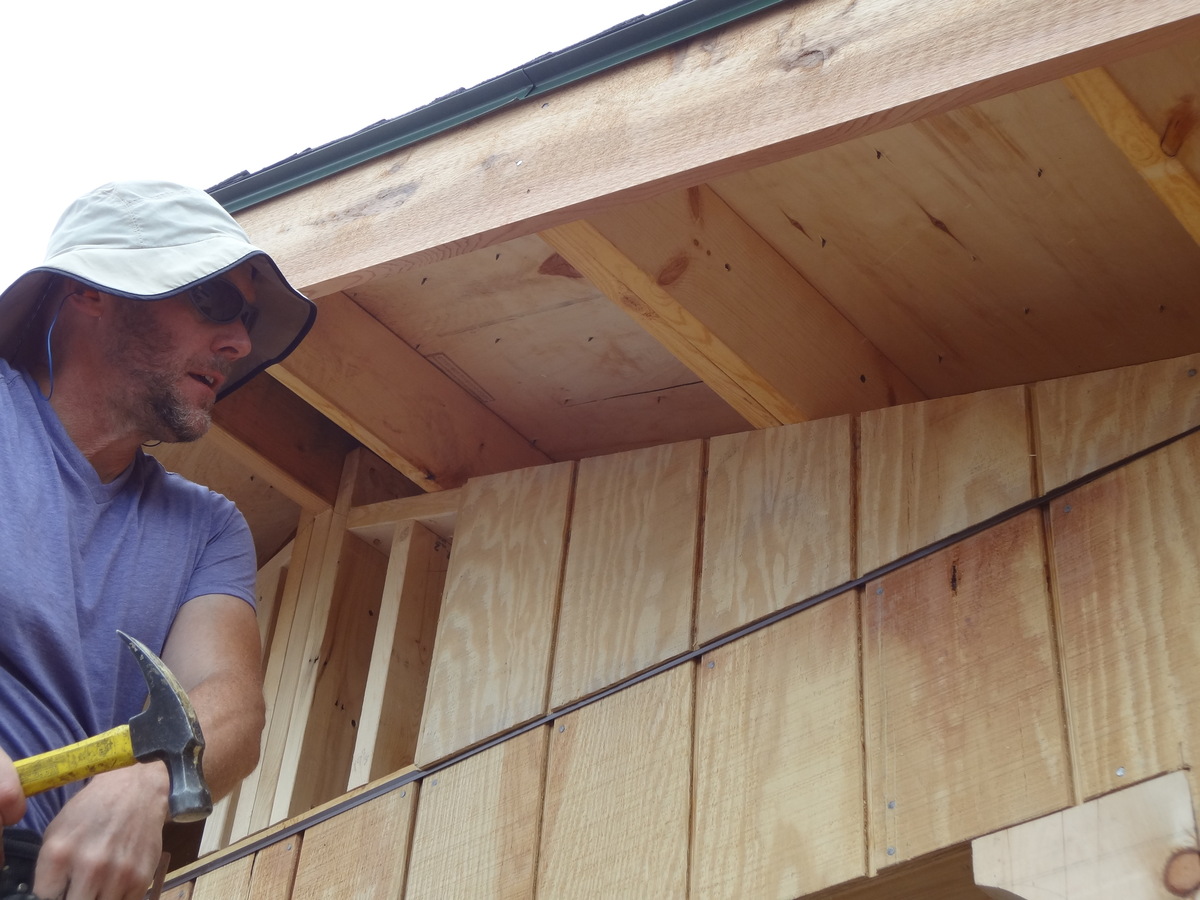
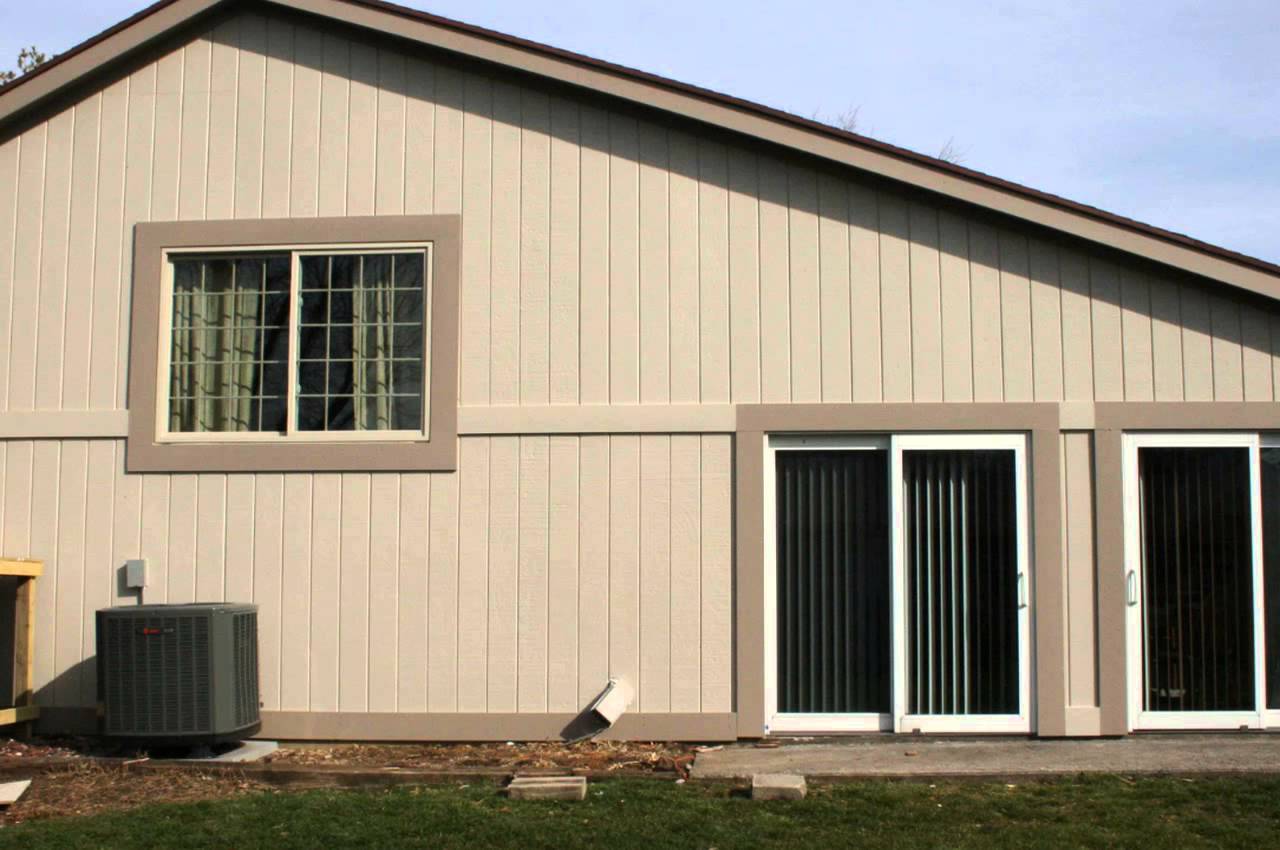
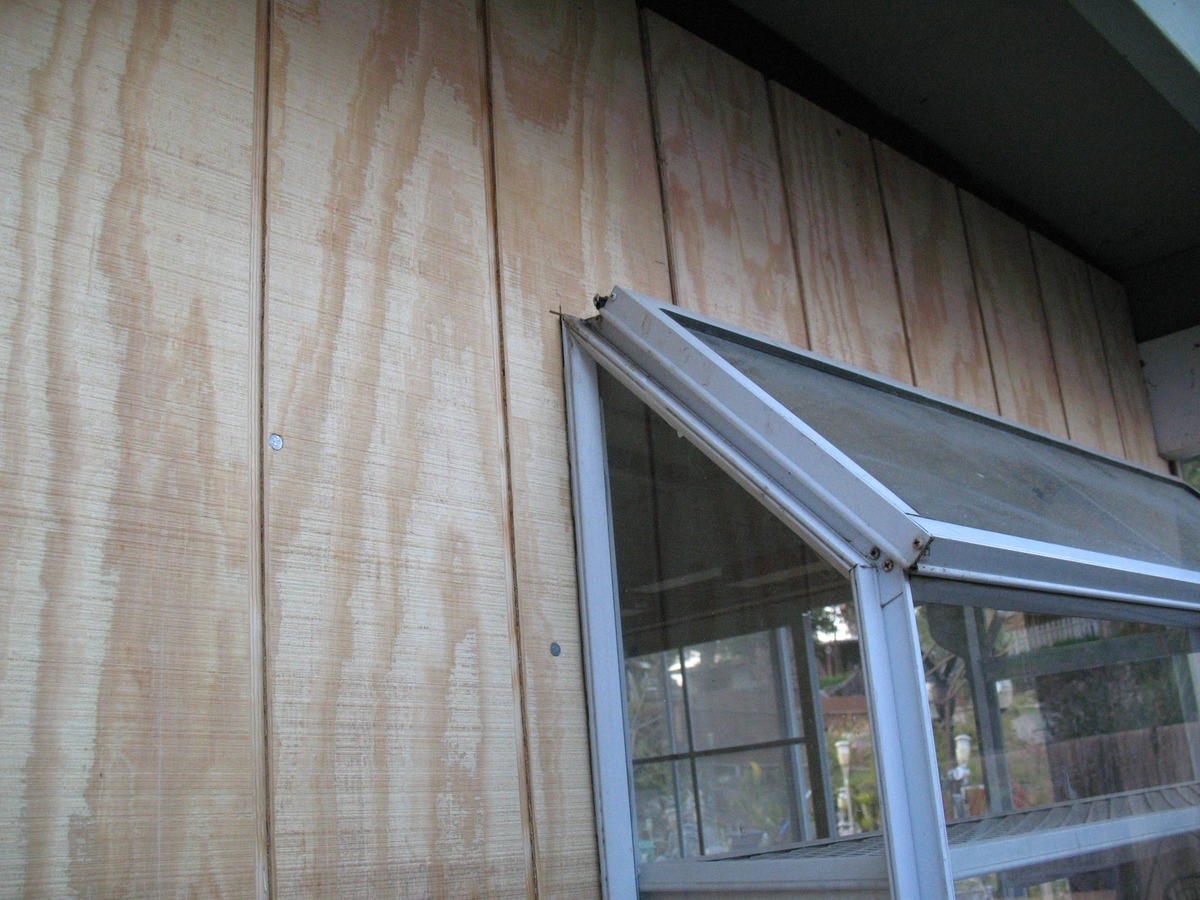
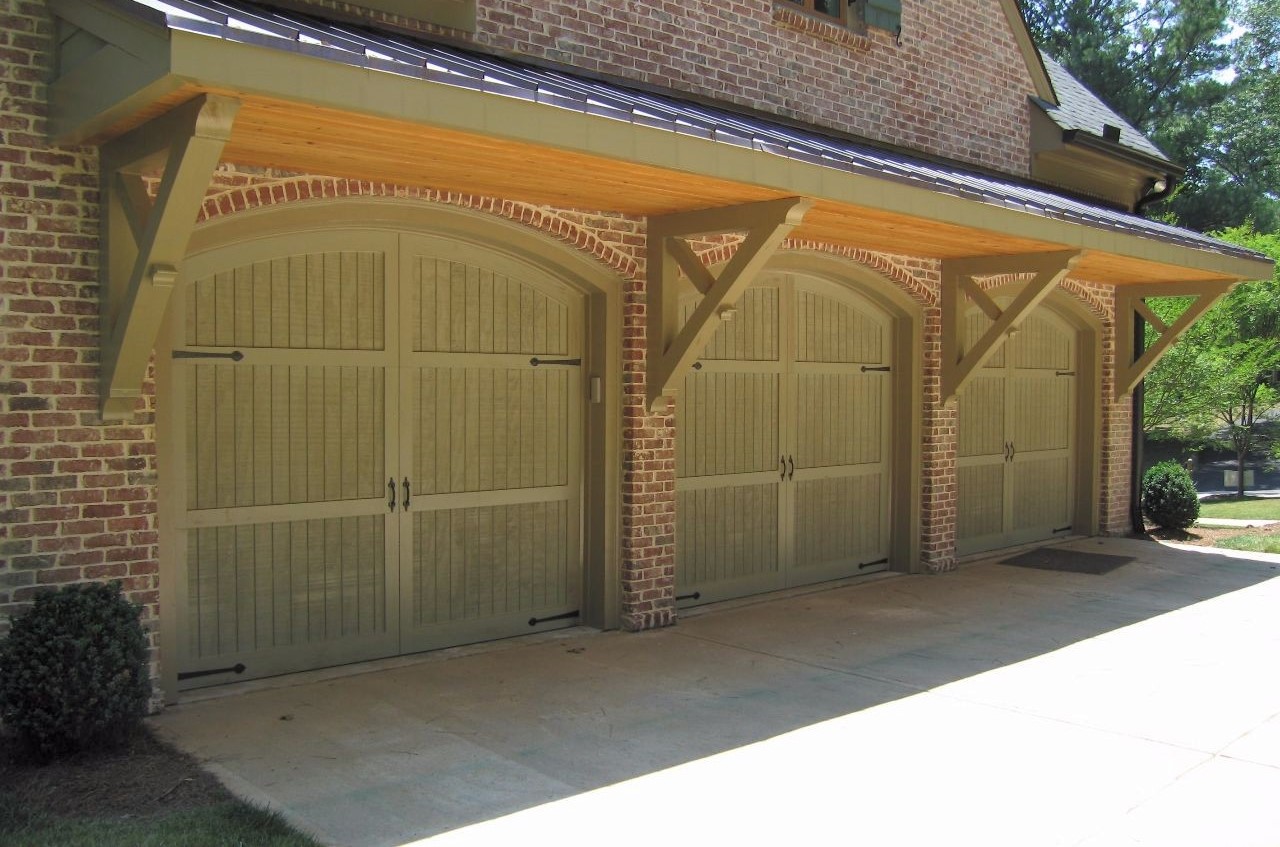

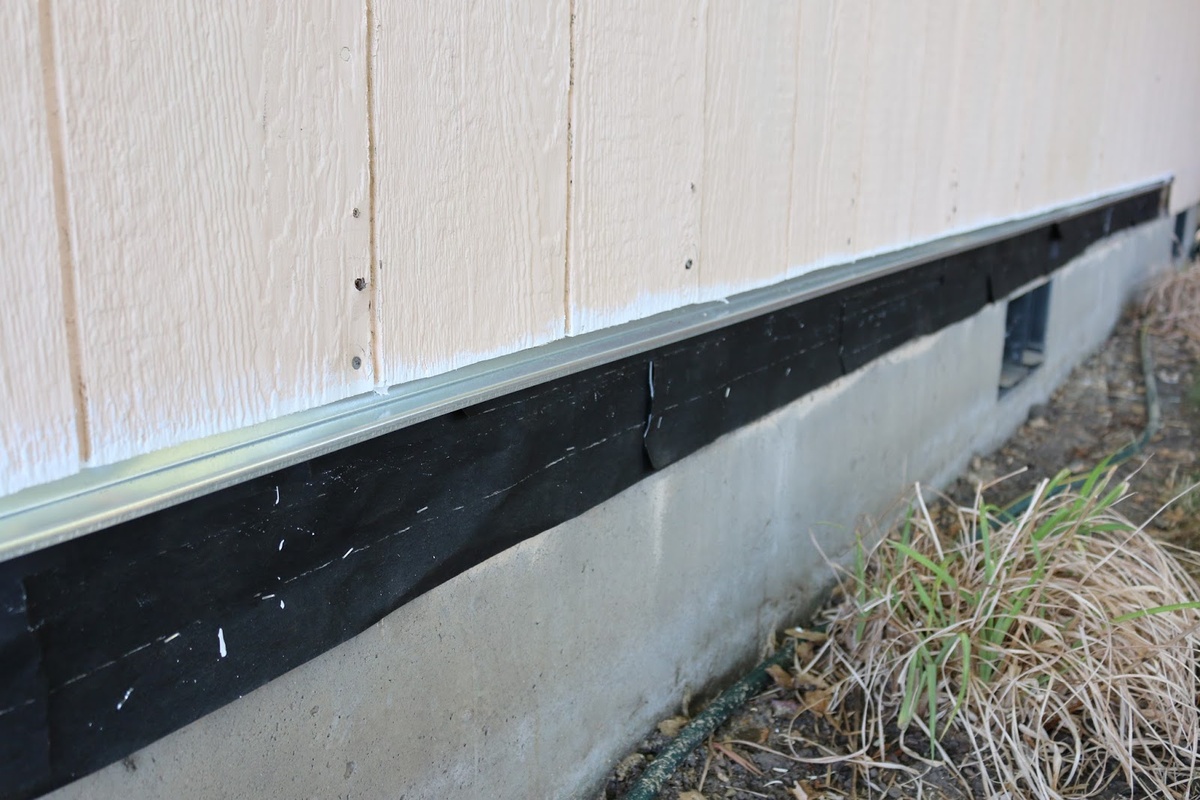

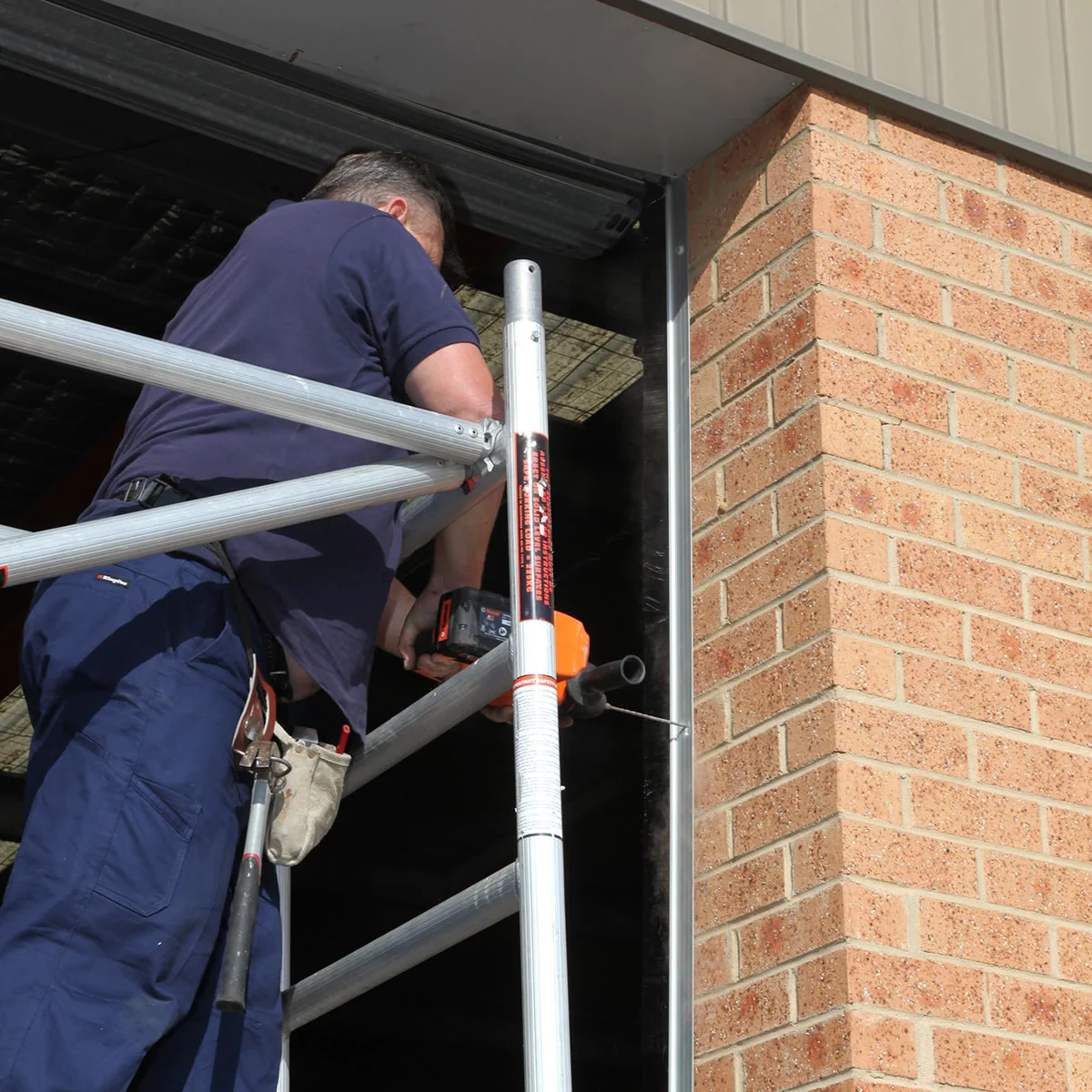
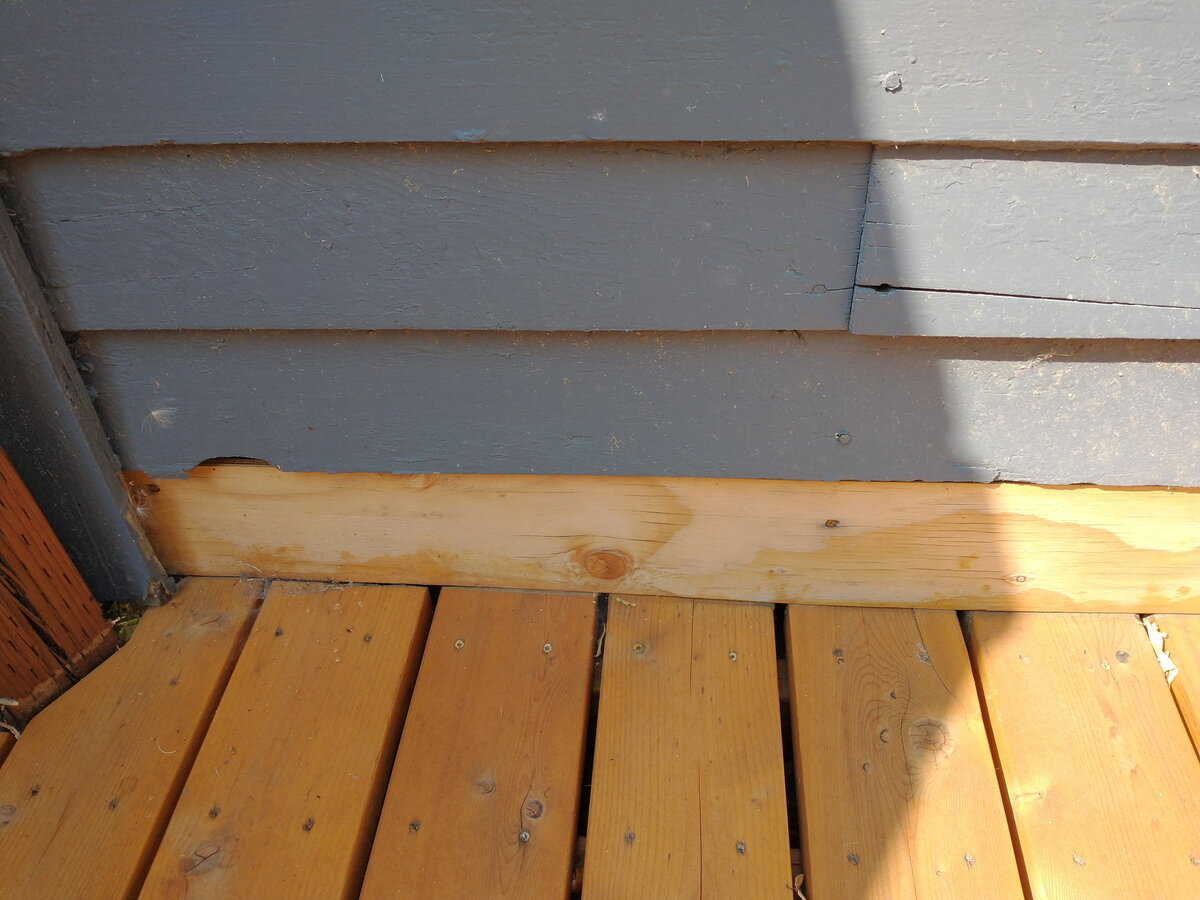


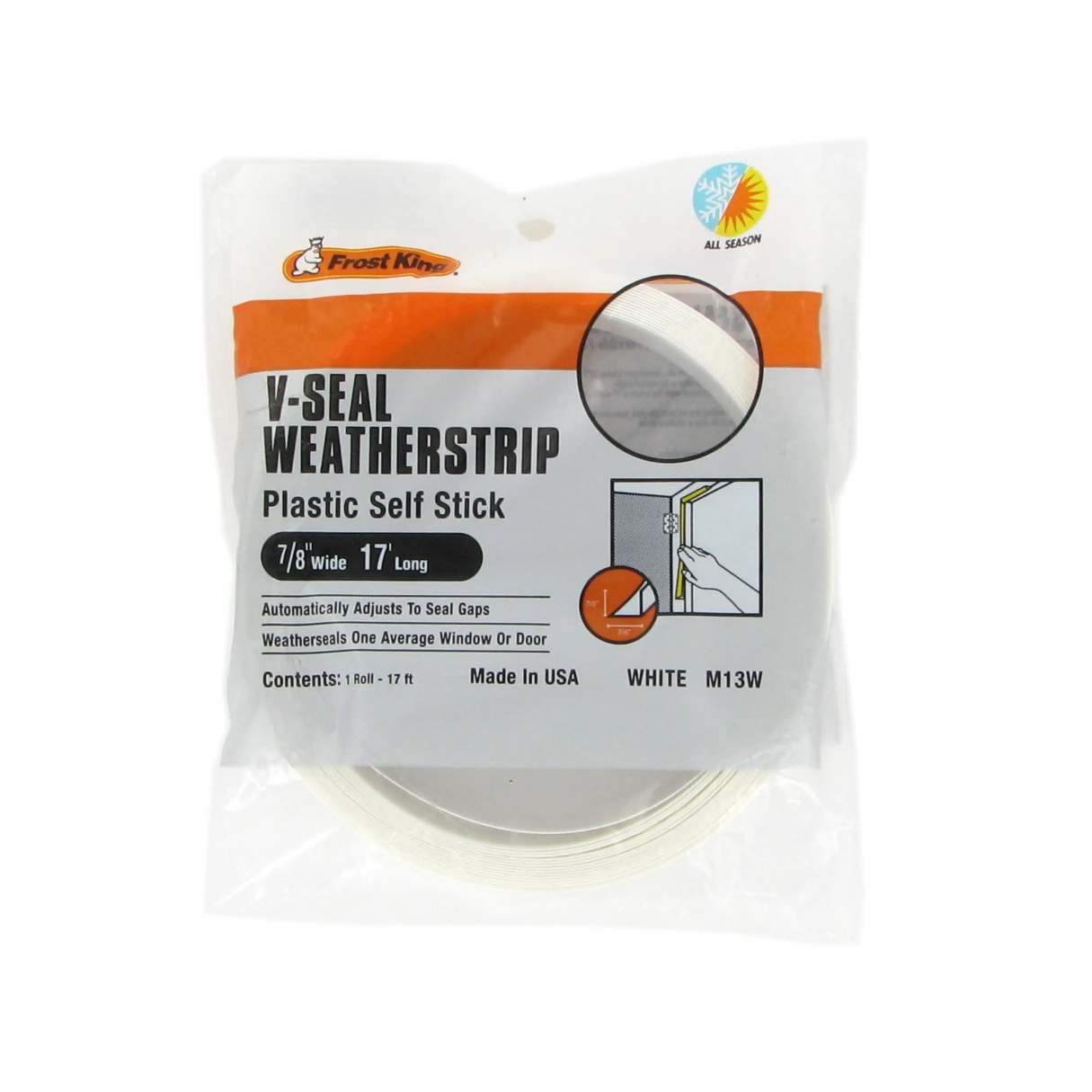

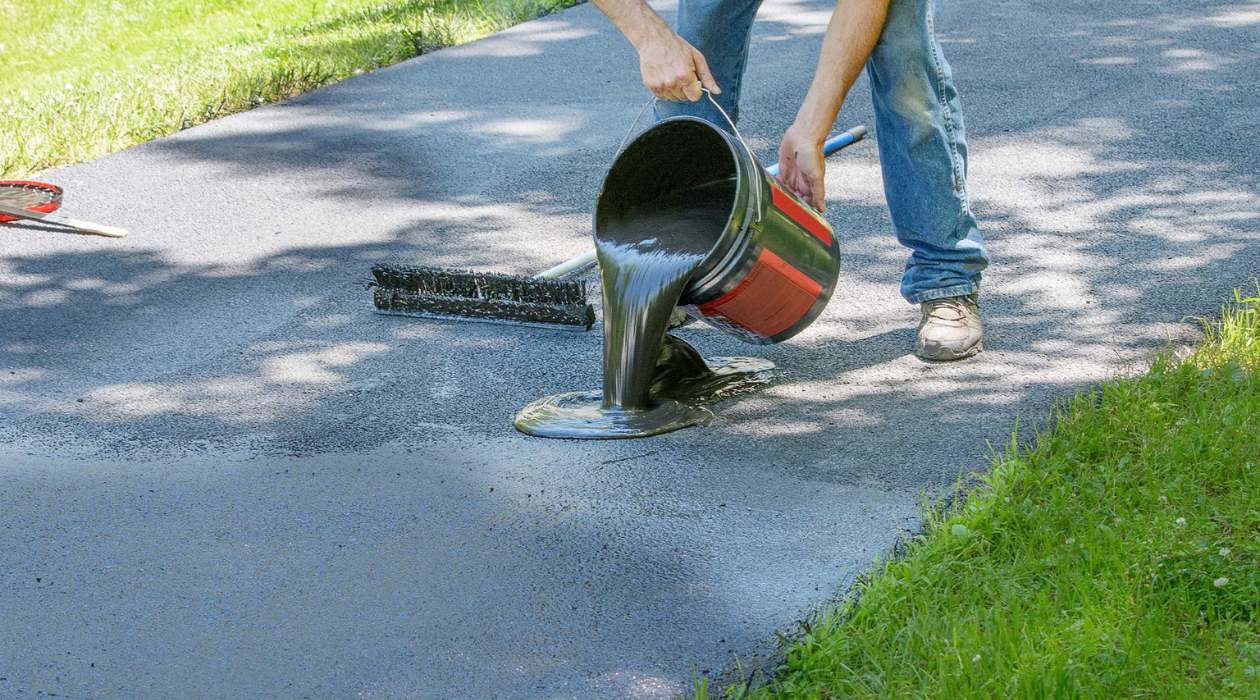

0 thoughts on “How To Seal T1-11 Siding”